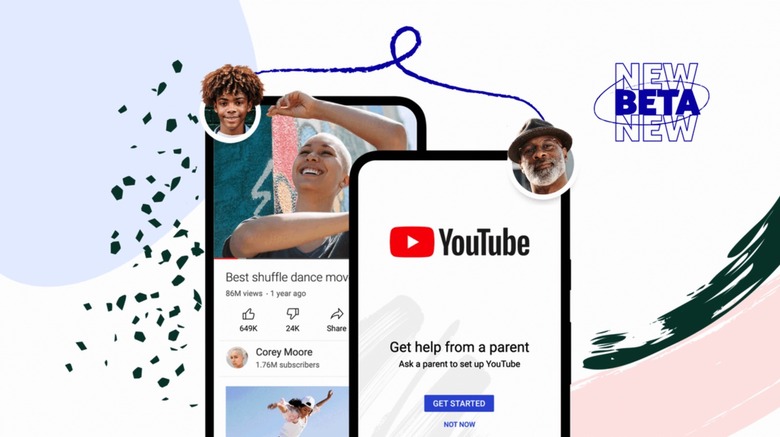Google Is Making Some Big Changes To YouTube, Search, And More Services
Google on Tuesday announced a series of changes to some of its biggest services to give kids greater control over their digital footprints. As Google notes in a recent blog post, there are a number of policies and features in place to keep minors safe. For example, Family Link allows parents to create supervised accounts for their kids. Google has also released mobile apps specifically for children, such as YouTube Kids. But there's always more work to be done, which is why Google is making significant changes to accounts for users under 18.
Google changes to YouTube and Search for kids
On YouTube, Google will change the default upload setting to the most private option for users ages 13-17. These uploads can only be seen by the user and the people they choose to show. They will have the ability to make the content public, but Google will remind them who can see their videos if they do so. Take a break and bedtime reminders will be on by default as well. Also, autoplay will be turned off by default, so the next video won't start playing automatically. You can read more about the changes coming to YouTube right here. They will roll out in the coming weeks and months.
As for Search, Google notes that SafeSearch is already on by default for users under 13. Soon, Google will turn the feature on by default for all new and existing users under 18.
More policy changes coming to Google services
Here are a few additional changes Google plans to implement in the coming months:
- New default protections are coming to Google Assistant to prevent mature content from surfacing.
- Globally, users under the age of 18 will not be able to turn on Location History on their accounts.
- Google is adding a new safety section on Google Play (see: Apple's App Tracking Transparency).
- K-12 institutions will have SafeSearch technology enabled by default.
- Google will block ad targeting based on the age, gender, or interests of people under 18.
- New Digital Wellbeing filters will let people block news, podcasts, and websites on smart devices.
Speaking with TechCrunch, a Google spokesperson made it clear that while some of these changes are in response to changes in the law, others were not actually required:
While some of these updates directly address upcoming regulations, we've gone beyond what's required by law to protect teens on Google and YouTube. Many of these changes also extend beyond any single current or upcoming regulation. We're looking at ways to develop consistent product experiences and user controls for kids and teens globally.
It will likely be a few weeks or months before all of the changes go live on Google's services.
